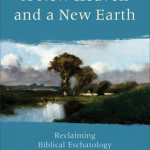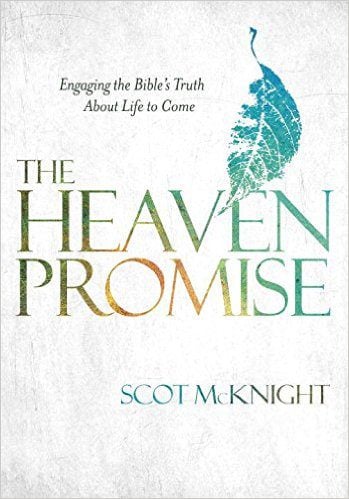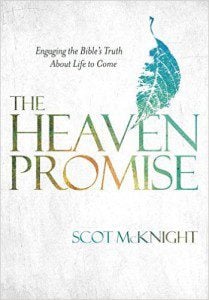 Everyone says it. Everyone says “Revelation is symbolic.” Then everyone proceeds to decode the symbols — and it is the decoding that gets tricky. Tom Wright has famously argued that the vision of the new heavens and the new earth is a vision of heaven coming down to earth — and he has made the case that the Bible’s vision of the future is not out there but down here. A new earth, to be sure, a new heavens, to be sure, and a new Jerusalem, to be sure — but still down here. A new creation of what is here — continuity and discontinuity.
Everyone says it. Everyone says “Revelation is symbolic.” Then everyone proceeds to decode the symbols — and it is the decoding that gets tricky. Tom Wright has famously argued that the vision of the new heavens and the new earth is a vision of heaven coming down to earth — and he has made the case that the Bible’s vision of the future is not out there but down here. A new earth, to be sure, a new heavens, to be sure, and a new Jerusalem, to be sure — but still down here. A new creation of what is here — continuity and discontinuity.
Tom knows that this view counters what is popular in the church, namely, that heaven is out there and up there and spiritual and soul-ish and nearly disembodied. And not down here.
How do you envision the final state of affairs? the kingdom? heaven? (Whatever term you think best to use.) Do the new heavens and new earth folks miss the beatific vision? Does the beatific vision side neglect the social dimension? Is the New Jerusalem a vision of utter indwelling with God or more about a kingdom society?
Perhaps the most enduring conception of heaven in the church is that it will be consumed or oriented toward the beatific vision. That is, it will be absorbed with endless gazing in the face of God. Tony Thiselton, as I read him — he does not directly enter into this discussion in his Life after Death, contends heaven is not primarily as Wright describes it but as the beatific vision folks described it. Namely, heaven is an endless worship service. As I read Wright, the new heavens and new earth combine a worship service with a full-orbed kingdom social life. As I read Thiselton, the latter is not part of it.
I say this because of how he unpacks the “symbols” of Revelation. He’s with Bob Gundry in seeing New Jerusalem as the saints. It is not a place but a people. If it is a place, it is God’s dwelling place: namely, God will indwell his people. There are symbols of marriage (the bride), of “coming down” which means a “fresh creation by God,” and of happiness (no tears, water in abundance). There is the image of conquering, which taps into the rhetoric of the book: it is for those who are suffering and they are to know that God is sovereign, God is on the throne now and God will be on the throne and God will vindicate his own. Other images of place are about security — not place (high wall, pillar, gate). And there is no temple because God is the temple.
Thiselton’s final chp explores the beatific vision and the Trinity, and this chp extends our post Wednesday and illustrates that his vision of “heaven” is shaped by the beatific vision more than the redemption of all creation into a society of perfection.
1. The cross and resurrection will transform our pain and increase the joy of healing and redemption.
2. The Holy Spirit will enhance sense experiences.
3. All of our prayers and worship will be aimed at the Father, who will be all in all.










